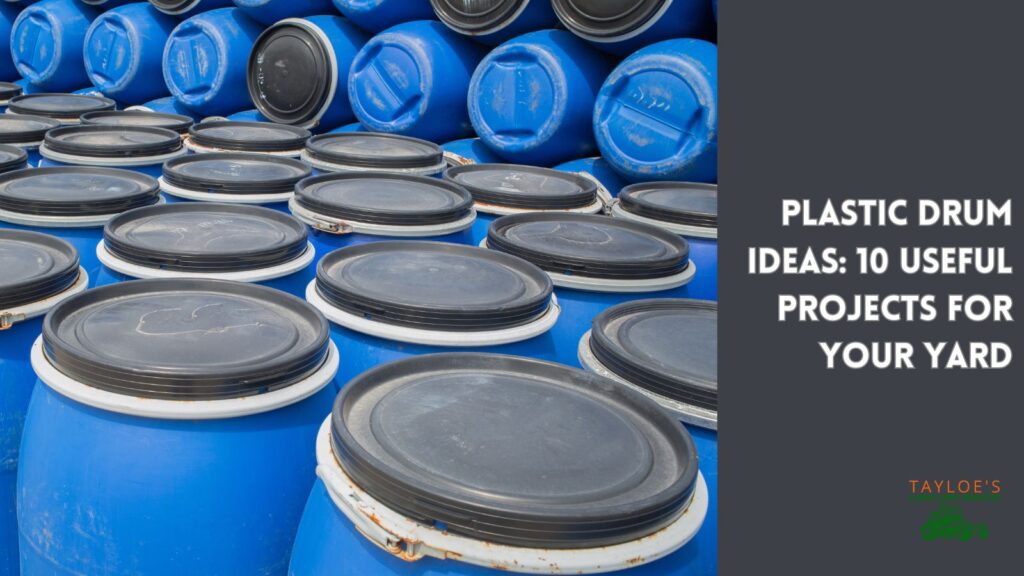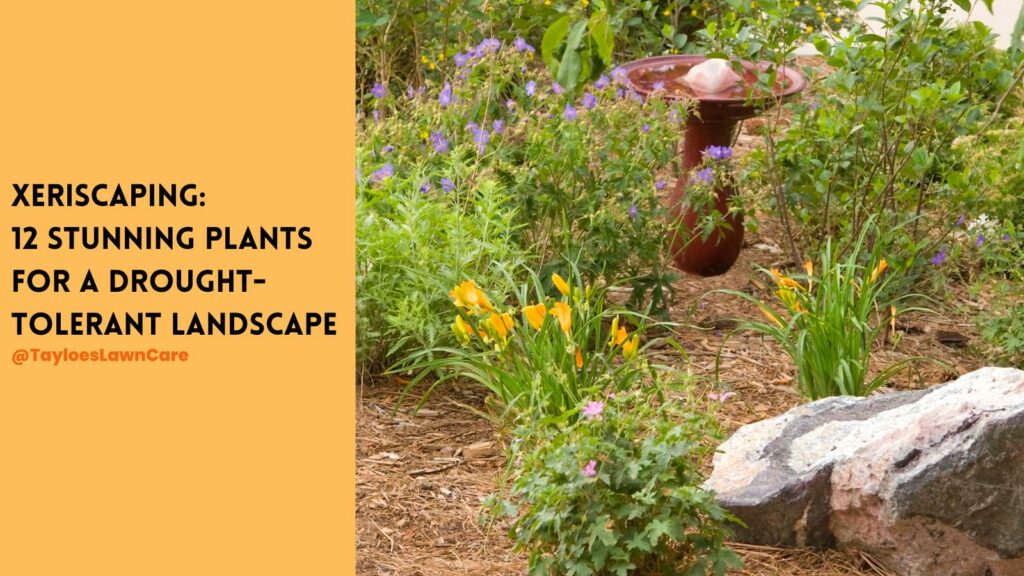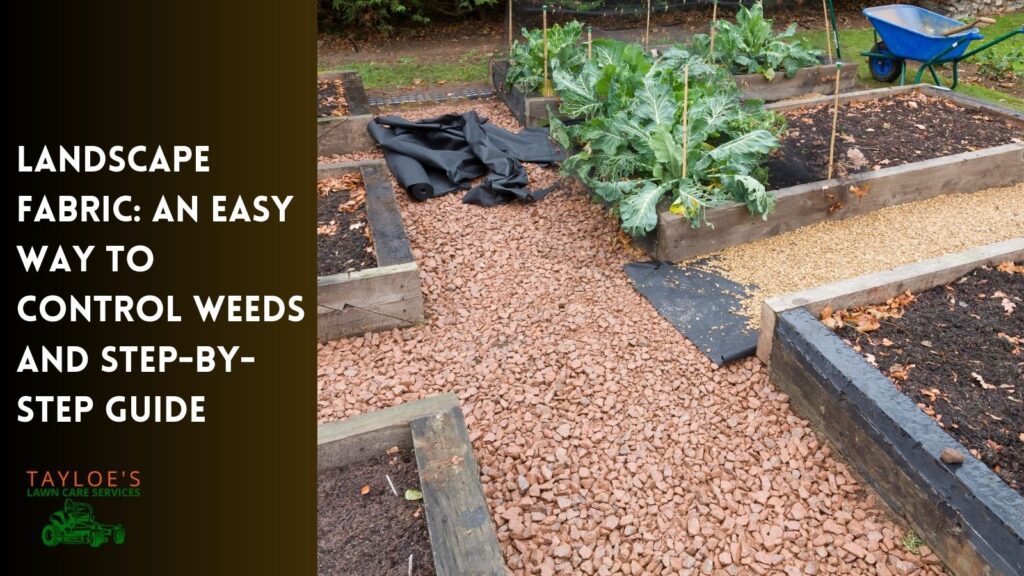Last Updated on: 9th May 2024, 11:16 am
Here’s what to know before you install weed control fabric.
In our previous discussions, we’ve championed how landscaping fabric can be a gardener’s ally. It is especially useful when it comes to managing those pesky, unwelcome weeds. But let’s pause for a moment and refresh our memories about what landscaping fabric truly is and why it has become a topic of such frequent debates among green thumbs like us.
Landscaping fabric, aka weed control fabric, is a permeable material. It can effectively suppress weeds in garden beds, pathways, and other landscaped areas. It acts as a barrier, preventing unwanted plants from sprouting while ostensibly allowing water and nutrients to permeate and nourish the desired plants. It’s a tool, a resource in our gardening arsenal, designed to simplify and streamline our outdoor labor.
But, as we all know, every rose has its thorn. Weed control fabric offers a shield against weeds. However, it also comes with challenges that might make some gardeners think twice. It’s not merely about blocking weeds but understanding the broader impact it has on our cherished green spaces.
Let’s explore the “cons” of landscape fabric with an open mind. It’s not about discouraging the use of landscaping fabric—far from it! Instead, it’s about ensuring you have all the information you need to make an informed landscaping decision.
The Downsides of Landscaping Fabric
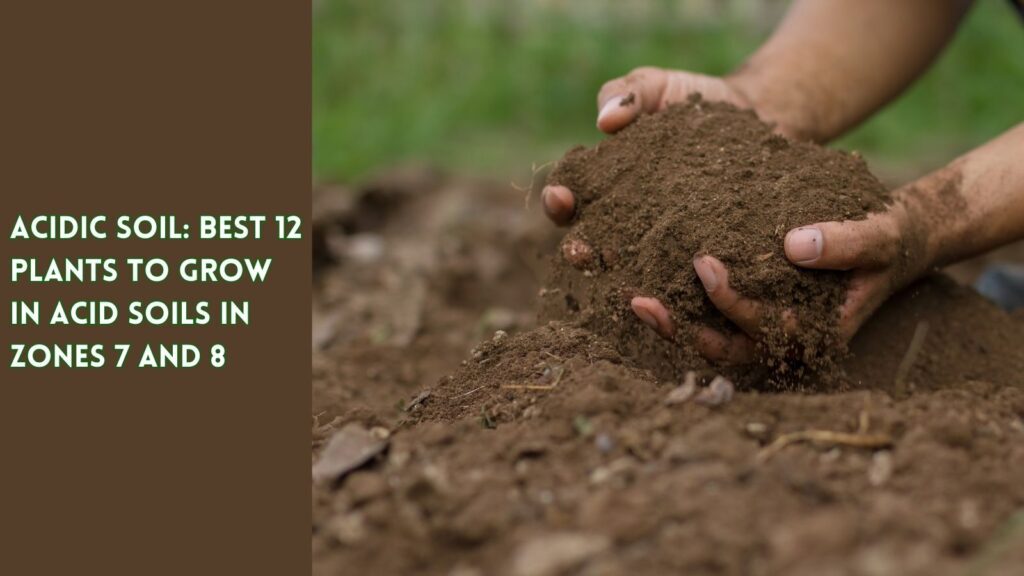
Next, let’s look at the downsides of landscaping fabric that might require a second thought. Well-thought landscape design means that every choice we make shapes its vitality and aesthetic.
Hindered Soil Health
The soil is the lawn and garden’s foundation, where life burgeons and thrives. While adept at barring weeds, landscaping fabric can inadvertently create a barrier between the soil and the essential elements it needs.
The fabric can restrict the natural flow of water and nutrients. That can potentially impact the lushness of your plants and the overall vitality of the soil beneath. Moreover, the healthy exchange between the soil and the organisms that call it home, like earthworms and beneficial microbes, can be stifled. That can harm long-term soil health and fertility.
Maintenance Challenges of Landscaping Fabric
Ah, the notion that landscaping fabric is a ‘set and forget’ solution can be misleading! Weeds, ever the persistent invaders, can find a way to sprout atop the fabric. They root into the material and become a surprising nuisance.
Moreover, over time, the fabric may tear, fray, or become displaced. You may need to invest in repairs or replacements—a task that can be labor-intensive and disruptive to your established plants and design.
Environmental Concerns
Our gardens are not isolated plots but a part of our larger, beautiful ecosystem. Some landscaping fabrics, particularly those made from synthetic materials, are not biodegradable and can linger in our environment long after their functional life in your garden has ended. This raises valid concerns about sustainability and our choices’ impact on the broader environment we all cherish.
Aesthetic Limitations
The visual appeal of our gardens is undeniably significant. Over time, mulch or gravel placed atop landscaping fabric can shift or degrade, revealing the fabric beneath. As a result, it can decrease the aesthetic appeal of your space. Additionally, should you wish to redesign or adjust your garden layout, the presence of the fabric can make such changes more cumbersome and restrictive.
Cost Implications of Landscaping Fabric
While it may seem a cost-effective solution initially, landscaping fabric can bring hidden expenses. The costs of the fabric itself, coupled with potential future expenditures for repairs, replacements, or additional landscaping adjustments, can accumulate, making it a noteworthy financial consideration in your gardening budget.
It’s All About Balance and Personal Choice
It becomes evident that landscaping fabric, while a valuable tool, presents a few challenges. Every choice we make, from the plants we nurture to the methods we employ, is a single step we take to a beautiful yard.
Choosing whether to utilize landscaping fabric in your space is a decision that should sprout from the unique soil of your circumstances and visions. It’s about weighing the benefits against the drawbacks, considering the specific needs of your space, and reflecting on your long-term gardening aspirations.
Whether you find landscaping fabric useful or opt for alternative methods, your choices are valid, and your garden will reflect the extraordinary, unique individual that you are.
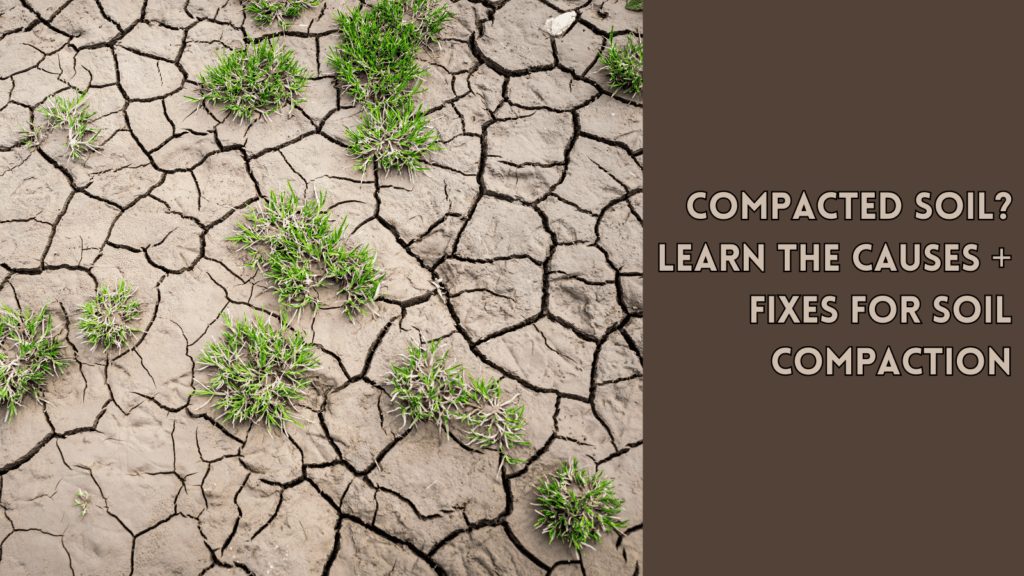
The Takeaway: Understand the Cons of Landscaping Fabric Before You Install It
Weed control fabric certainly has its virtues. But while it can make maintaining your garden beds easier, it’s good to know the maintenance and possible pitfalls. It’s worth having a complete understanding of the drawbacks – especially as it relates to additional maintenance and costs. You will have these down the road – no doubt about it.
So if you want weed control fabric for easier maintenance, go for it. But if you have deficient soil, you might opt to skip it. Either way, Tayloe’s Lawn Care Services is here to help. If you need help with your yard maintenance, pressure washing, or lawn care, connect with us. You can reach out at 252.287.3376 by phone or text.
.
Author Profile

- Deborah Tayloe is the CEO and co-founder of Tayloe's Lawn Care Services, LLC. She has a B.S.Ed and holds certificates in soil and water management and herbology from accredited programs.
Latest entries
 GardeningSeptember 27, 2025What perennials, shrubs, and trees don’t like fall pruning (and why)?
GardeningSeptember 27, 2025What perennials, shrubs, and trees don’t like fall pruning (and why)? Trees and ShrubsSeptember 14, 2025Fall Shrub Pruning Guide (September–October)
Trees and ShrubsSeptember 14, 2025Fall Shrub Pruning Guide (September–October) Trees and ShrubsApril 22, 2025Boxwood Blight: Early identification and isolation
Trees and ShrubsApril 22, 2025Boxwood Blight: Early identification and isolation Flower GardenApril 8, 2025John F. Kennedy Rose: Hybrid tea rose with elegant white blooms
Flower GardenApril 8, 2025John F. Kennedy Rose: Hybrid tea rose with elegant white blooms

